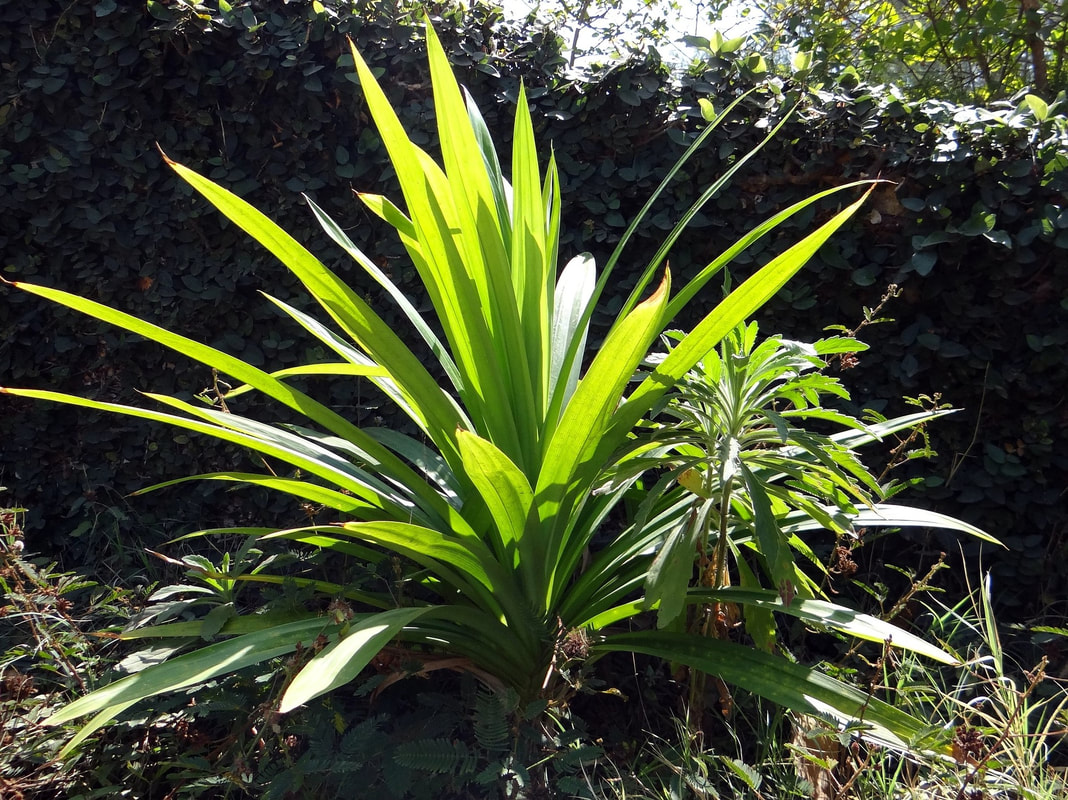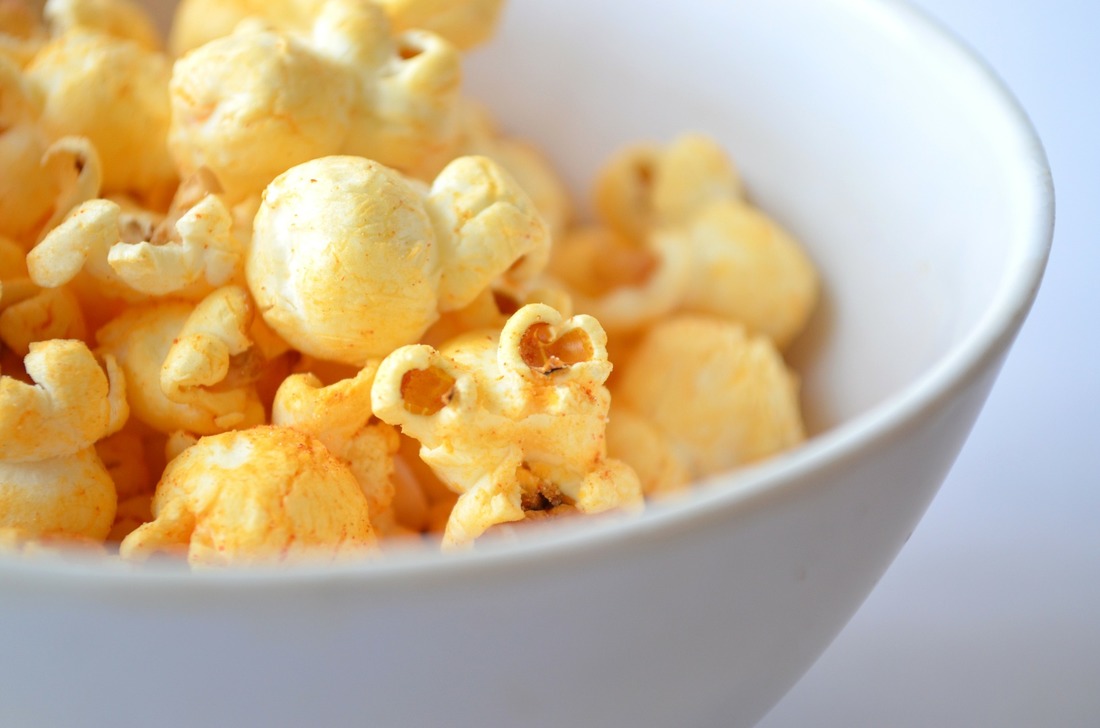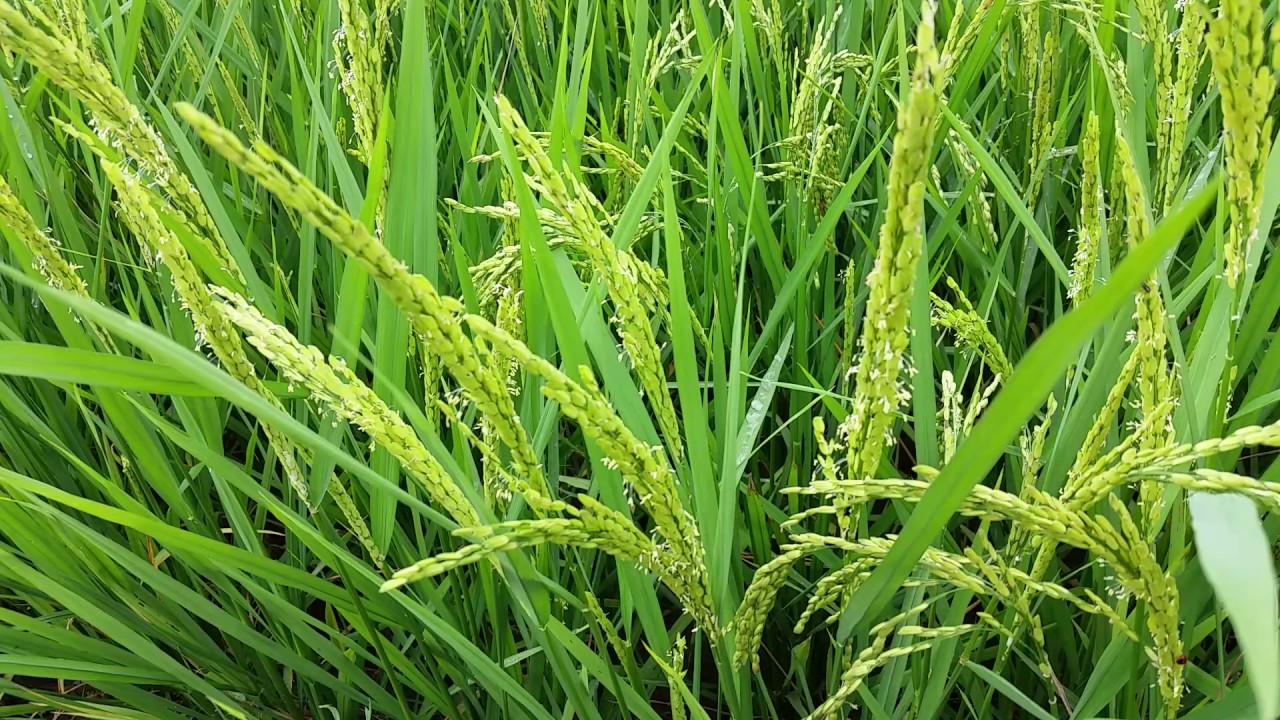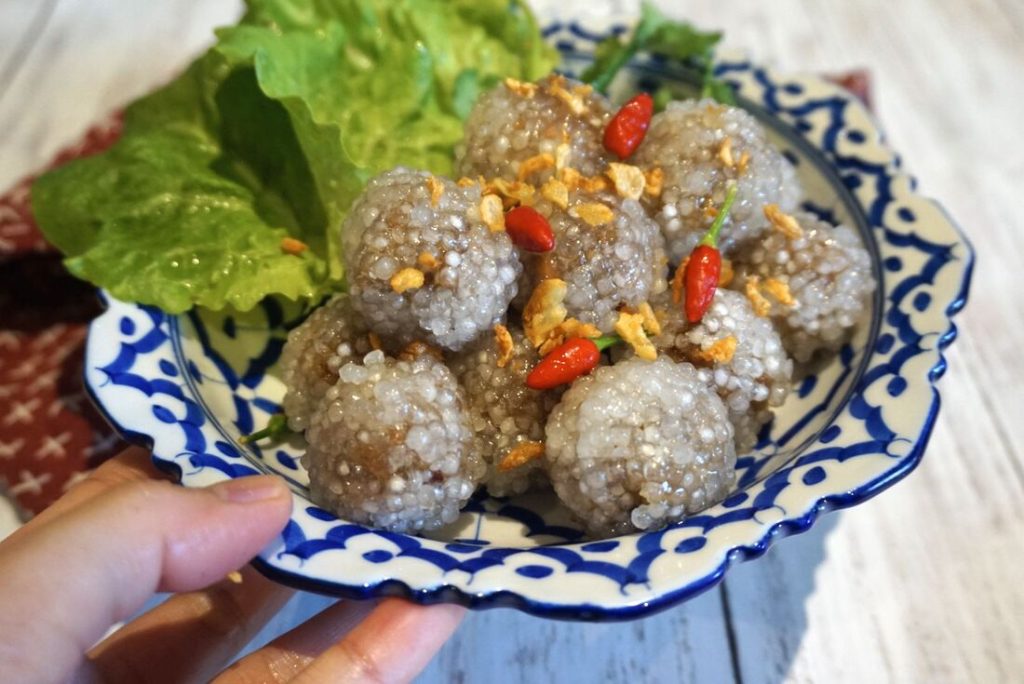2-acetyl-1-pyrroline …is regarded as the most important aroma compound in fragrant rice… (it) is described as ‘pandan’, ‘popcorn’ or ‘nutty’ and contributes to the “roasted aroma” of cooked beef and crusts of wheat and rye breads


2AP is produced by the rice plant, and is detected in the majority of plant tissues (Sakthivelet. al, 2009; Sood & Siddiq, 1978; Yoshihashi, Huong, & Inatomi, 2002). Although some 2-AP in rice is produced during cooking, the majority of 2-AP biosynthesised in the rice plant itself and is detected in the majority of plant tissues (Sakthivelet. al, 2009; Sood & Siddiq, 1978; Yoshihashi, Huong, & Inatomi, 2002). It is formed in all parts of the plant (stems, leaves and grains) except roots (Buttery et al., 1983; Yoshihashi et al., 2002a, b) during growth in paddy fields. So the aroma can be detected in both the grains as well as the leaf tissue

Storage
Despite it’s attractive and desirably aromatics, 2AP is unfortunately unstable and degrades rapidly. Pure 2AP will degrade within 10 min at room temperature (Fang & Cadwallader, 2014). Loss of 2-AP in stored foods could be due to complexation, decomposition, diffusion to the environment and generation of other compounds (Adams & De Kimpe, 2006). After only 3 months of storage, 2-AP level can be reduced by 40–50% in a variety of different rices (Widjaja et al., 1996a). Another study aimed to compare the effect of different drying methods and storage time on 2-AP reduction in fragrant rice (Wongpornchai et al., 2004) 2-AP concentration in 10 months stored rice was only 25% of freshly dried rice and it was shown in a concentration– storage time curve that a significant decrease occurred at the beginning of storage.
The concentration of 2AP is reduced over the course of months in regular storage and packaging, which leads to connoisseurs to seek out the freshly harvested new crop jasmine rice. Thus it is important to try to preserve the 2AP content of rice, and also to consume as close to harvest as possible to maximise the aromatics and flavour.
Academic References:
Adams, A., & De Kimpe, N. (2006). Chemistry of 2-acetyl-1-pyrroline, 6-acetyl-1,2,3,4-tetrahydropyridine, 2-acetyl-2-thiazoline, and 5-acetyl-2,3-dihydro-4H-thiazine: Extraordinary Maillard flavor compounds. Chemical Reviews,
106(6), 2299-2319.
Buttery, R. G., Ling, L. C., & Juliano, B. O. (1982). 2-Acetyl-1-pyrroline: an important aroma component of cooked rice. Chemistry and Industry, 12, 958-959.
Fang, M.-C., & Cadwallader, K. R. (2014). Stabilization of the potent odorant 2-acetyl-1-pyrroline and structural analogues by complexation with zinc halides. Journal of Agricultural and Food Chemistry, 62(35), 8808-8813.
Grosshauser, S., & Schieberle, P. (2013). Characterization of the key odorants in panfried white mushrooms (Agaricus bisporus L.) by means of molecular sensory science: comparison with the raw mushroom tissue. Journal of Agricultural and Food Chemistry, 61(16), 3804-3813.
Kiefl, J., Pollner, G., & Schieberle, P. (2013). Sensomics analysis of key hazelnut odorants (Corylus avellana L. ‘Tonda gentile’) using comprehensive twodimensional gas chromatography in combination with time-of-flight mass spectrometry (GC×GC-TOF-MS). Journal of Agricultural and Food Chemistry, 61, 5226-5235.
Peter, K. V. (2006). Handbook of Herbs and Spices (1 ed. Vol. 3). Cambridge: Woodhead Publishing Limited.
Sakthivel, K., Sundaram, R. M., Rani, N. S., Balachandran, S. M., & Neeraja, C. N. (2009). Genetic and molecular basis of fragrance in rice. Biotechnology Advances, 27(4), 468-473.
Schieberle, P., & Grosch, W. (1987). Quantitative-analysis of aroma compounds in wheat and rye bread crusts using a stable isotope-dilution assay. Journal of Agricultural and Food Chemistry, 35(2), 252-257.
Schieberle, P. (1988). Effects of additions of proline on formation of the aroma compound 2-acetyl-1-pyrroline in white bread crust. Getreide, Mehl und Brot, 42(11), 334-335.
Szabados, L., & Savouré, A. (2010). Proline: a multifunctional amino acid. Trends in Plant Science, 15(2), 89-97.
Wei, X., Handoko, D.D., Pather, L., Methven, L., Elmore, J.S., Evaluation of 2-acetyl-1- pyrroline in foods, with an emphasis on rice flavour, Food Chemistry Volume 232, 1 October 2017, Pages 531-544
Widjaja, R., Craske, J. D., & Wootton, M. (1996a). Changes in volatile components of paddy, brown and white fragrant rice during storage. Journal of the Science of Food and Agriculture, 71, 218-224.
Winny Routray & Kalpana Rayaguru (2017): 2-Acetyl-1-Pyrroline: A key aroma component of aromatic rice and other food products, Food Reviews International
Wongpornchai, S., Dumri, K., Jongkaewwattana, S., & Sirri, B. (2004). Effects of drying methods and storage time on the aroma and milling quality of rice (Oryza sativa L.) cv. Khao Dawk Mali 105. Food Chemistry, 87(3), 407-414.
Yoshihashi, T. (2002). Quantitative analysis on 2-acetyl-1-pyrroline of an aromatic rice by stable isotope dilution method and model studies on its formation during cooking. Journal of Food Science, 67(2), 619-622.
Yoshihashi, T., Huong, N. T. T., & Inatomi, H. (2002). Precursors of 2-acetyl-1-pyrroline, a potent flavor compound of an aromatic rice variety. Journal of Agricultural and Food Chemistry, 50(7), 2001-2004.
Yoshihashi, T., Nguyen, T. T. H., & Kabaki, N. (2004). Area dependency of 2-acetyl-1-pyrroline content in an aromatic rice variety, Khao Dawk Mali 105. Japan Agricultural Research Quarterly, 38(2), 105-109.





